Content by Patrick Wagner
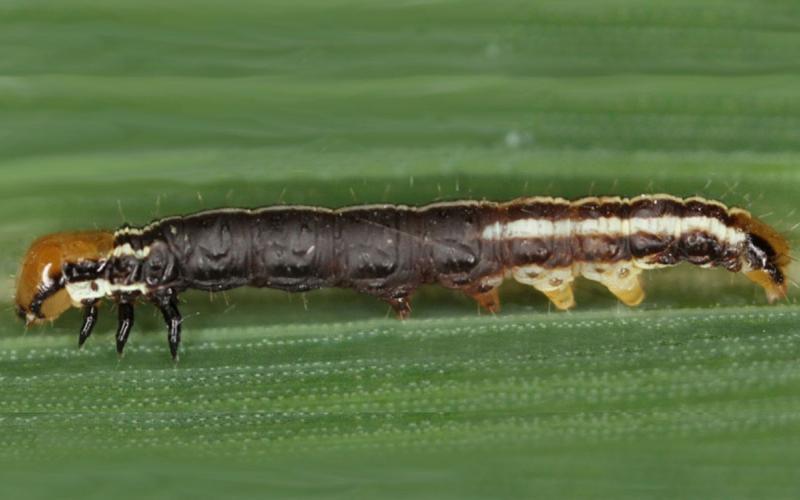
Common Stalk Borer Activity Estimate: June 10, 2021
The hot temperatures last week have resulted in a large increase in degree days for common stalk borer. Common stalk borers should now be scouted for in areas around Hot Springs, Lemmon, Mission, Pierre, Winner, Huron, Mitchell, Tyndall, Sisseton and Vermillion.
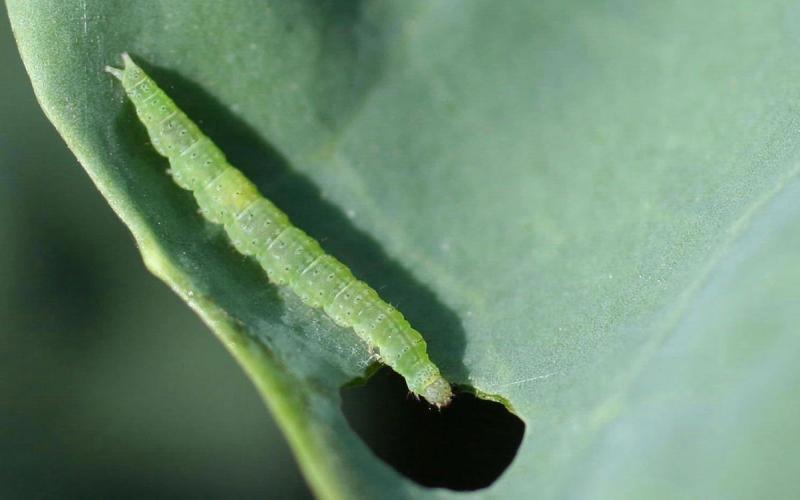
Diamondback Moth Caterpillars Active In South Dakota
Diamondback moth caterpillars have been observed in South Dakota gardens. These pests feed primarily on cole crops, such as broccoli, Brussel sprouts, cabbage, cauliflower and kale, leaving behind irregular-shaped holes.
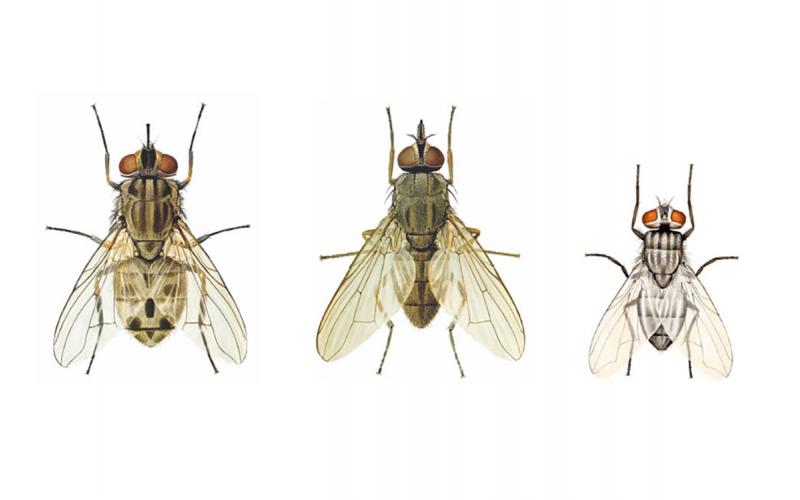
Fly Control Considerations for Cattle on Pasture
Along with being irritants to livestock, horn flies, face flies and stable flies are economically important to producers due to their negative impacts on milk production and calf weaning weights.
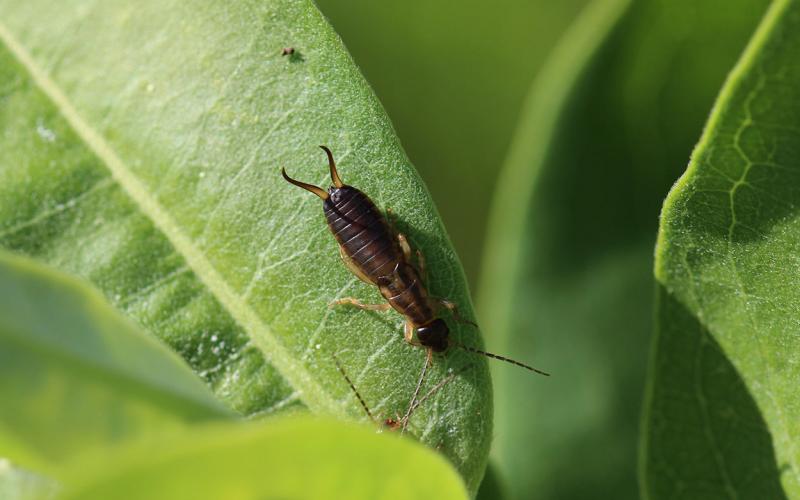
Earwigs Are Active
Although earwigs typically prefer wet conditions, quite a few have been observed so far this year. It’s important to remember that watering lawns or potted plants around the house provides ideal earwig habitat.
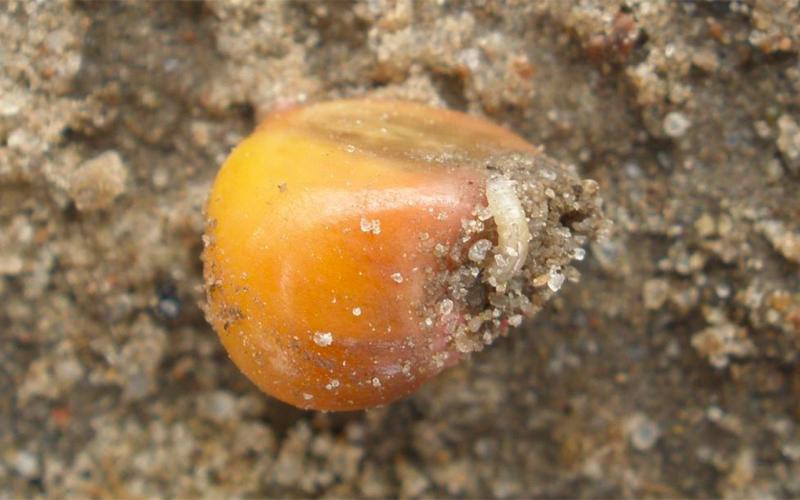
Seedcorn Maggot Degree Day Activity Estimates: June 3, 2021
We are currently between the second and third generation peak emergences in South Dakota. Seedcorn maggot management must be done before planting, or the populations can be avoided by not planting during times of peak emergence.

Alfalfa Weevil Activity Prediction Update: June 3, 2021
It has been a busy week for alfalfa weevils. Throughout the state, alfalfa weevils have been causing significant feeding damage. We recommend scouting alfalfa fields for the next week and treating when necessary.

Why’s My Alfalfa Field Turning White?
There have been a lot of reports of alfalfa fields in South Dakota with a white or light-brown canopy. This discoloration is the result of extensive alfalfa weevil larvae feeding.

Common Stalk Borers Observed in South Dakota Corn
While scouting corn this week, clear signs of common stalk borers were observed. Although our degree day estimates indicate that common stalk borers probably aren’t moving into corn yet, they can be forced into corn fields in certain situations.

Alfalfa Weevil Activity Prediction Update: May 27, 2021
Alfalfa weevil activity is still being reported across much of the state. Although the degree day estimates for South Dakota indicate that much of the state has populations that are pupating, these estimates are not accurate. Scouting should continue throughout South Dakota.

Wireworms in the Garden
With warming soil temperatures, overwintering wireworms have become active throughout South Dakota. Wireworms are soil-dwelling insects that can be pests of germinating seeds, seedlings and root crops.